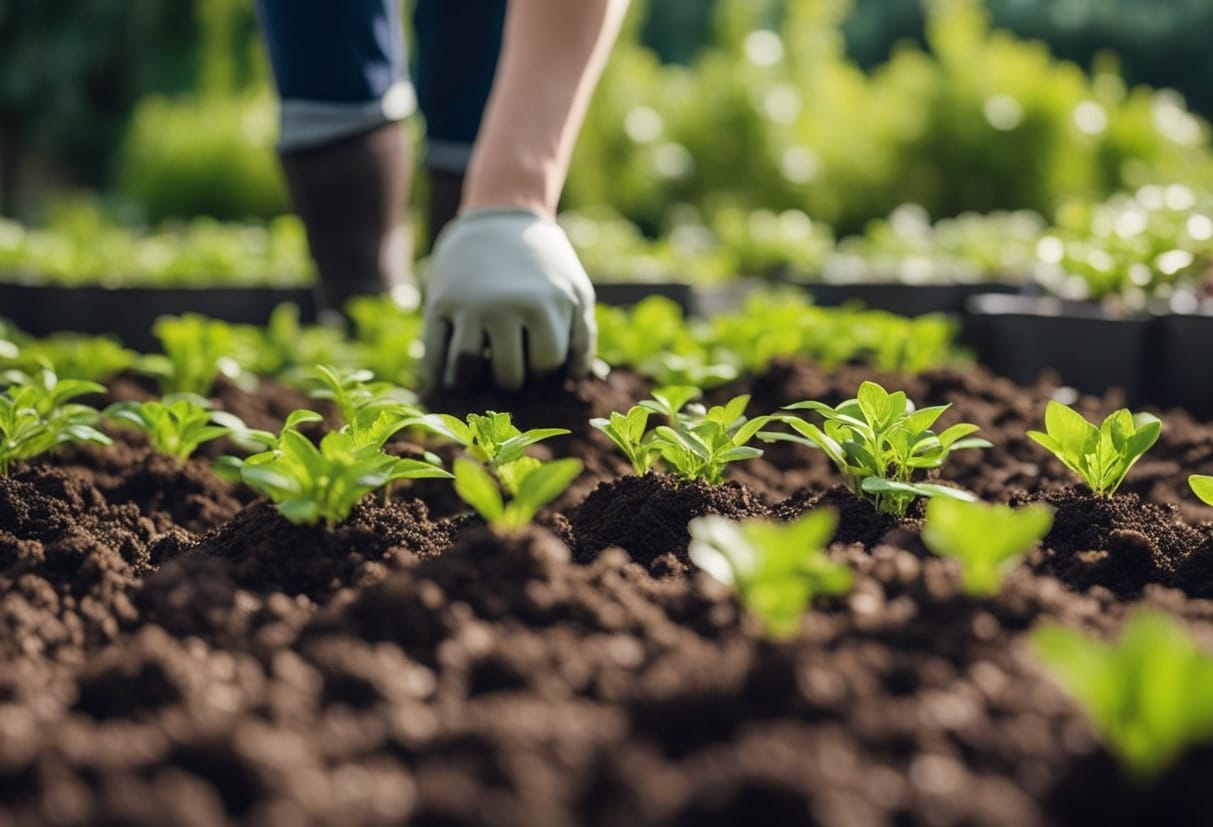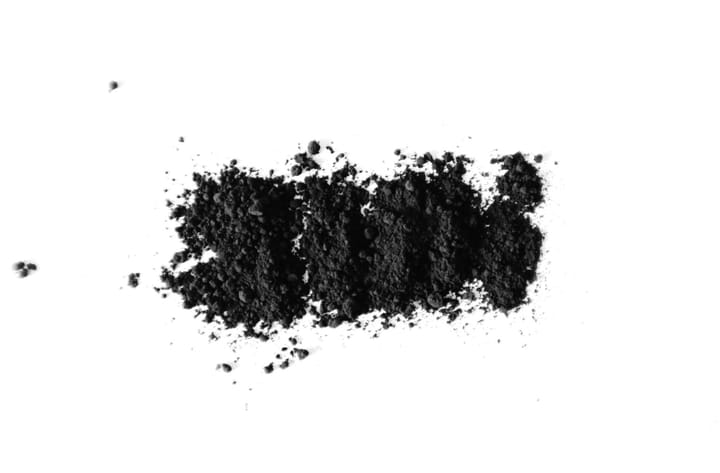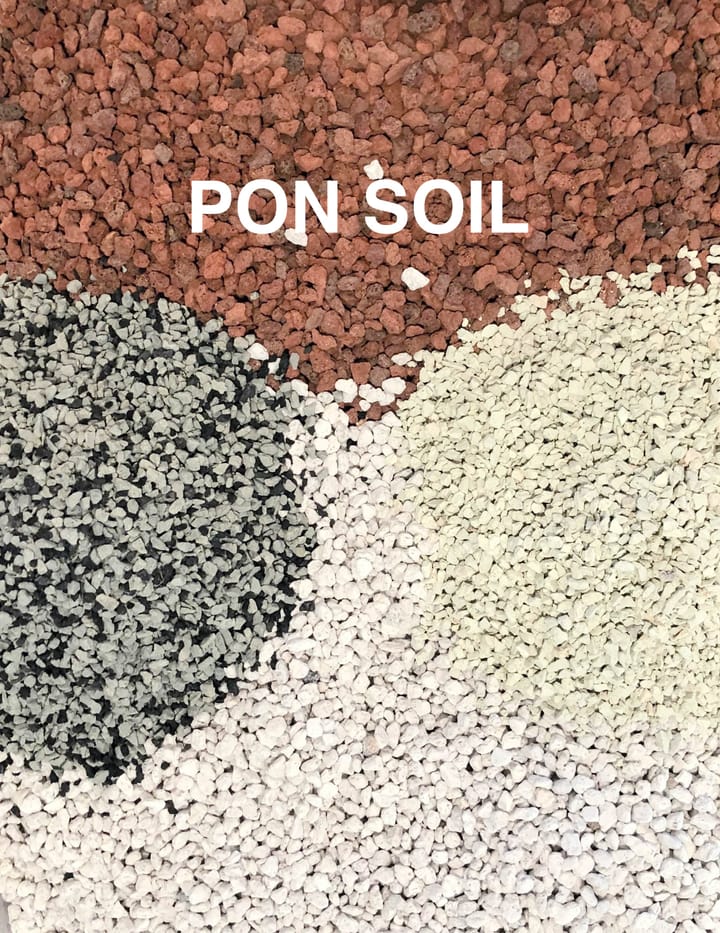Peat Moss
Peat moss, a staple in the gardening world, is a naturally occurring material that offers a host of benefits for your garden.

Known for its ability to retain moisture, it can help manage water in the soil, making it an ideal amendment for potted plants and outdoor gardens.
Its spongy texture not only absorbs water but also holds onto nutrients, gradually releasing both to the roots of your plants as needed.

While peat moss is excellent for conditioning the soil, it's important to understand its origin and how it should be used. It is derived from decomposed sphagnum moss that accumulates over thousands of years in peat bogs, environments that store substantial amounts of carbon. Using peat moss responsibly is essential, as these bogs play a critical role in the Earth's carbon cycle. Whether it's improving aeration in compacted soils or helping with seed starting, the versatility of peat moss makes it a valuable component of many gardening practices.
Key Takeaways
- Peat moss aids in moisture retention and nutrient holding, benefiting plant roots.
- Responsible use of peat moss is crucial due to its role in carbon storage.
- Peat moss is versatile, useful for soil amendment, and is a part of many potting mixes.
Understanding Peat Moss
Peat moss plays a pivotal role in gardening as an amendment for soil. It's known for its ability to retain moisture and improve soil structure. Let's dive into its origins and its environmental impacts.
Origins and Composition
Peat moss originates from peat bogs, unique wetland ecosystems where sphagnum moss and other organic materials accumulate. Over thousands of years, these plants decompose in waterlogged conditions with low oxygen, creating a dense, fibrous material.
- Main Components:
- Sphagnum Moss: Primary contributor to peat moss formation.
- Organic Material: Decomposed remains of plants and animals in bogs.
Peat moss is beneficial for plants that require acidic growing conditions and thrive in moist environments. Since it can hold up to 20 times its weight in water, plants like azaleas or blueberries benefit significantly from its incorporation into soil.
Environmental Impact
The extraction of peat moss raises environmental concerns due to the non-renewable nature of peat bogs. These ecosystems are crucial as they act as carbon sinks, trapping carbon dioxide and thus playing a significant role in mitigating climate change.
- Sustainability Issues:
- Non-renewable: Takes centuries to form, so it's not easily replenished.
- Carbon Release: Harvesting releases stored carbon dioxide into the atmosphere.
- Habitat Disturbance: Disturbance of wetlands can affect biodiversity.
As you consider using peat moss, it's essential to weigh its horticultural benefits against the potential adverse environmental impacts. There are sustainable alternatives to peat moss that can aid in lessening the ecological footprint of your gardening practices.
Benefits of Using Peat Moss in Gardening

Peat moss offers significant advantages for gardeners looking to enhance soil quality and moisture management. Here's how it can benefit your garden efforts.
Soil Conditioning Properties
Peat moss is an excellent soil amendment for improving your garden's earth. It adds organic matter to sandy soils, boosting the soil's ability to maintain nutrients and improve aeration. This results in a looser soil structure that encourages root growth. If you're dealing with heavy, compacted soil, incorporating peat moss lightens this soil type by providing better air space around roots.
Water Management Abilities
When it comes to water retention, peat moss has a high capacity, which is beneficial in drier climates or during the peak of summer. It helps soil hold onto moisture, preventing water from draining too quickly and allowing your plants to retain moisture longer. Moreover, peat moss is slightly acidic, which can be particularly helpful if your garden plants thrive in acidic environments. This water management ability aids in consistent moisture retention without causing waterlogged conditions, making it an ideal choice for container gardening or beds prone to drying out.
Practical Uses in the Garden

Peat moss is a staple for many gardeners due to its ability to retain moisture and improve soil structure. In this section, you'll discover how to incorporate peat moss into your gardening practices, particularly for initiating seed growth and catering to acid-loving plants.
Seed Starting and Potting Mixes
When starting seeds, peat moss is a valuable component of your potting mix. It's commonly mixed with perlite and vermiculite to create a well-draining yet moisture-retentive environment, ideal for seed germination. Try this blend for your seed starting mix:
- 60% Sphagnum peat moss
- 30% Perlite
- 10% Vermiculite
For potting soil, you can enrich your existing mix with peat moss, especially for container-grown plants. This addition will help your plants maintain the essential moisture they need for optimal growth.
Acid-Loving Plants and Mulching
Your acid-loving plants, like blueberries and azaleas, will thank you for mixing peat moss into their growing medium. Its acidic nature (usually with a pH between 4.0 and 5.5) helps create the perfect environment for these types of plants.
Additionally, peat moss can be used as a mulch to conserve soil moisture and suppress weeds. Spread a layer around your plants, keeping it away from their stems to prevent rot. Be aware of peat moss alternatives, such as coconut coir or composted pine bark, which can serve a similar purpose while being more sustainable.
Considerations for Gardeners

When incorporating peat moss into your garden, understanding soil pH and exploring sustainable alternatives is crucial for the health of your garden and the environment.
Soil pH and Amendments
Peat moss naturally has a low pH, making it acidic. If your garden soil is alkaline, adding peat moss can help lower the soil pH, which is beneficial for acid-loving plants. However, it's essential to perform a soil test before making any amendments. A soil test will reveal your soil's current pH level and allow you to adjust it appropriately with peat moss or other materials to improve soil structure and soil quality.
- Acidic Soil: Ideal for plants like blueberries and azaleas.
- Alkaline Soil: You may need to limit peat moss use or balance it with lime.
Sustainable Alternatives
While peat moss can benefit your garden, it's vital to consider its environmental impact. Peat bogs store vast amounts of carbon, and their disruption contributes to climate change.
To garden sustainably, you can opt for organic peat moss alternatives like coconut coir or coco coir.
These alternatives offer similar benefits, such as moisture retention and soil structure enhancement, without the adverse environmental effects.
- Coconut Coir: Made from the fibrous husks of coconuts, a renewable resource.
- Coco Coir: Also made from coconuts, it's pH neutral and promotes strong root growth.
By considering the pH balance of your soil and the long-term sustainability of your gardening practices, you can make informed decisions that nurture your plants and respect the planet.
Frequently Asked Questions
Peat moss is a popular gardening material known for its water retention and soil conditioning properties. Below are some common questions gardeners have about using peat moss.
What are the benefits of using peat moss in gardening?
Peat moss is highly absorbent, which means it can retain water effectively, keeping the soil moist longer. It also aerates the soil, providing better root access to oxygen, and is generally acidic, which can help balance pH levels in the garden.
How can peat moss be used for indoor plants?
For indoor plants, peat moss can be mixed with soil to improve moisture retention and aeration. It's especially helpful for plants that require a damp environment, as it can keep the soil consistently moist without waterlogging.
Can too much peat moss be harmful to the soil?
Excessive peat moss can lead to overly acidic soil, which might harm plants that prefer neutral or alkaline conditions. It can also lead to water logging and inhibit the availability of certain nutrients.
What types of plants thrive best in peat moss?
Acid-loving plants, such as blueberries, camellias, and azaleas, as well as plants that thrive in moist conditions, like ferns and orchids, benefit greatly from peat moss due to its acidic nature and moisture retention qualities.
Is it advisable to mix peat moss with potting soil, and if so, in what ratio?
Yes, mixing peat moss with potting soil can improve soil texture and moisture retention. A common ratio is one part peat moss to two parts soil, but this can vary depending on the plant's moisture and acidity requirements.
Why might peat moss not be recommended for certain gardening applications?
Peat moss may not be recommended due to its nature of breaking down slowly, which can be less beneficial for plants that need well-draining soil. Additionally, sustainability concerns arise from the harvesting of peat moss, as it can contribute to the depletion of peat bogs.


